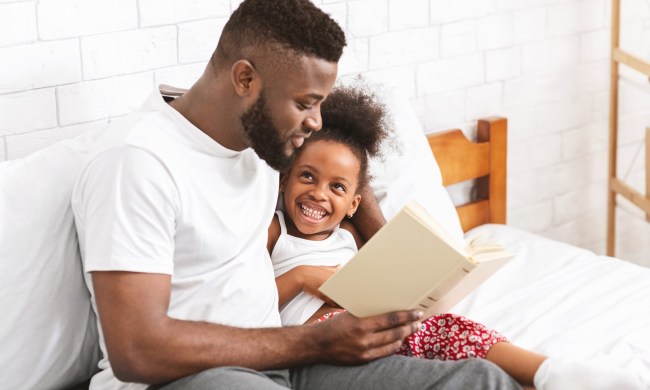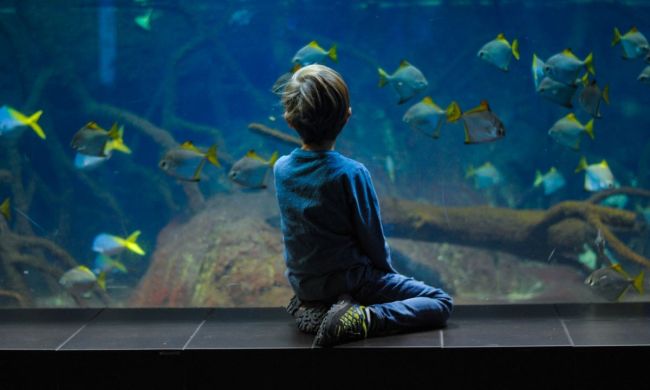While Black history is American history, it hasn’t always been focused on in the classroom, which is why Black History Month is marked annually every February. Its roots actually date back to 1915 when historian Dr. Carter G. Woodson founded the Association for the Study of African American Life and History along with minister Jesse E. Moorland. African American Month, or Black History Month, sprouted from Woodson’s originally named Negro Week, which highlighted the achievements of African Americans.
Today, teachers from preschool through high school focus lessons on Black history from February 1 through March 1. Black History Month was officially recognized by United States President Gerald Ford in 1976. In light of recent events and countrywide protests to end racism and social injustice, parents may have been fielding some thought-provoking questions from their children. While questions about racism are uncomfortable, it is important to have an honest and open discussion with your children on an age-appropriate level. Of course, these hard questions are difficult to address, but there are helpful resources available to help.
It’s okay to be different
Research has shown racial bias occurs as early as kindergarten. Preschoolers and kindergarteners are curious and do notice differences such as skin color early on, with some five-year-olds displaying similar stereotypical attitudes to adults. It is natural for young children to put each other into groups by gender or physical characteristics. The key is to show children to see each other as individuals, embracing and celebrating differences.
Why it is important to be honest
While shielding young children from disturbing events on the news is important, it is hard to keep headlines away, especially when some are right in their own community. When children (regardless of age) ask questions about race, bias, and inclusion, it is important to be open and honest. When you are, a bond of trust is formed, and your children learn early on to come to you when they are bothered by a topic from school, something a friend said, or a news report. Changing the subject or dismissing their question teaches children not to ask or to seek answers elsewhere.
It’s all right not to have all the answers
Children come to parents and teachers for answers, but adults don’t always have them. It is vital to recognize that’s okay. When your children come to you with questions about something they read or saw during a lesson on Black history, answer it. If you’re not sure, say so and then make it a point to look it up by doing a little research together online or in your local library.
Understanding desegregation in schools is a difficult concept. A great way to help a child understand is to watch a film or read a book on the subject. The movie Ruby Bridges is a true story about how six-year-old Ruby went from her all-Black school in Louisiana to being the first Black child at an all-white school in 1960. She became a symbol of the civil-rights movement. Watching the movie or sharing an age-appropriate book on the subject can help kids see what that experience must have been like for Ruby.

Why do we have Black History Month?
One question that may come up with children during February is why do we have Black History Month? The answer is straightforward. African Americans hold an important place in shaping U.S. history, but their contributions are often overlooked in books and on screen.
Woodson is considered to be the father of Black History Month, and the month of February was not chosen by accident. It was picked because President Abraham Lincoln and writer/abolitionist Frederick Douglass were both born in February. The two men played a vital role in ending slavery.
Celebrating diversity
A way to connect Black history lessons in the classrooms to the home is to embrace diversity by reading age-appropriate books by Black authors. Sharing books that show inclusion and differences within the community teach kids to welcome diversity and see it as another part of everyday life. Watching movies together like 42 about how Jackie Robinson broke the color barrier in major league baseball gives kids a window into the struggle for equality and overcoming the barriers of racism. Trying a soul-food recipe for dinner or enjoying a meal out at a restaurant featuring a soul-food menu is another fun way to embrace differences in your own community and support local businesses.
Even kindergarteners know who Martin Luther King Jr. was, but they don’t necessarily understand why he’s honored every January. So if they ask, explain. Pull up audio or a video of his inspiring “I Have a Dream” speech. Then, read a book about Rosa Parks and talk about how her refusal to give up her seat and go to the back of the bus sparked a boycott that rocked Mississippi.
When the tough questions do come up, do your best to answer them openly and honestly. Remember, there are resources to help. All the Colors We Are by Katie Kissinger, What’s the Difference? Being Different is Amazing by Doyin Richards, The Other Side by Jacqueline Woodson, and The Stone Thrower by Jael Ealey Richardson are all insightful reads and may be helpful in answering those difficult questions.
When it comes to difficult conversations about race, parents should be truthful with their children in an age-appropriate manner. And, of course, while Black History Month offers up a starting point, it’s important to continue these conversations beyond February.



